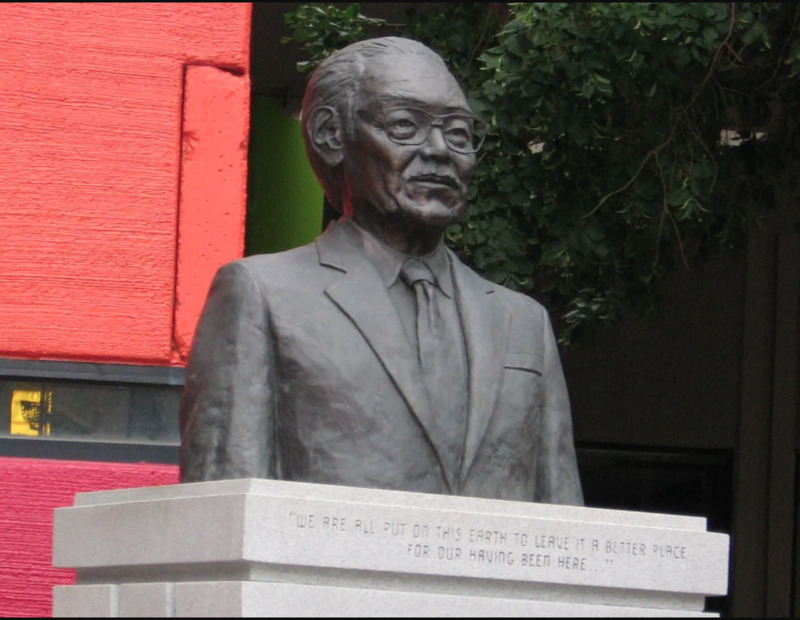Yasu v. United States Now
Yasui v. United States, in Hindsight
In 1983, Minoru Yasui would file a motion requesting a reversal of his wartime conviction and acknowledgement of government misconduct–a Coram Nobis, or writ of error. Around the same time, efforts to obtain similar writs were undertaken for Fred Korematsu and Gordon Hirabayashi. [1] During the 1980s, the logic underwriting Japanese-American exclusion had only recently begun going out of vogue; Executive Order 9066 had not officially been revoked until 1976, after the Watergate scandal. In his proclamation addressing the matter, President Gerald R. Ford called for an acknowledgement of “our national mistakes;"
"We now know what we should have known then–not only was that evacuation wrong, but Japanese-Americans were and are loyal Americans."[2]
Tampering With Evidence
In addition to repairing ideological mistakes, evidence had surfaced during the postwar period which indicated gross misconduct in the use of evidence by the government. Numerous intelligence reports from the Office of Naval Intelligence, the FBI, and the Federal Communications Commission which contradicted claims of military necessity for mass removal had been suppressed and excluded from consideration by the Supreme Court.[3] One such example would be the now-infamous Ringle Report, an advisory submitted by Lt. Kenneth Ringle of the Office of Naval Intelligence in January, 1942. It concluded that:
"The entire 'Japanese problem' has been magnified out of its true proportion, largely because of the physical characteristics of the people . . . and . . . that it should be handled on the basis of the individual, regardless of citizenship, and not on a racial basis."[4]
This report would be brought up again in 1943, by the director of the Justice Department’s Alien Control Unit, Edward Ennis. Ennis expressed his concern to the Solicitor General, Charles Fahy, about the Government’s arguments for ‘military necessity’ in the Supreme Court, because:
"The Government is forced to argue that individual selective evacuation would have been impractical and insufficient when we have positive knowledge that the only Intelligence agency responsible for advising General DeWitt gave him advice directly to the contrary."[5]
Ennis warned that failing to bring the Ringle Report to the attention of the court could “approximate the suppression of evidence,” but Fahy refused to do so.
Postmortum Success
Unfortunately, Yasui would not live to see the success of this legal redress movement; he passed away in November of 1986, and the government moved to dismiss his Corum Norbis case. It would take nearly twenty-five years for the U.S. Solicitor General’s office to publicly admit to wrongdoing in the treatment of all three Japanese-American cases upholding control and removal. On May 24, 2011, Solicitor Gen. Neal Kaytal would remark that hiding the truth from the Justices;
“Harmed the court, and it harmed 120,000 Japanese Americans. It harmed our reputation as lawyers and as human beings, and it harmed our commitment to those words on the court’s building: Equal Justice Under Law.”[6]
